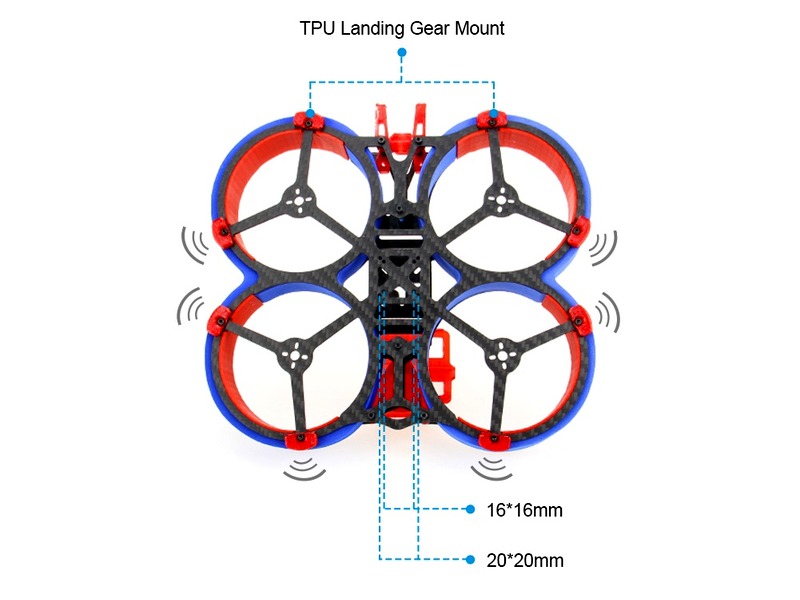Can FAA see your drone?

Yes, the Federal Aviation Administration (FAA) can see your drone. The FAA has a variety of tools and technologies at its disposal to detect, identify, and track unmanned aircraft systems (UAS) operating in the National Airspace System (NAS).
The FAA has the authority to regulate the operation of UAS in the NAS, and it is important for the FAA to be able to detect and identify UAS in order to ensure the safety of other aircraft and people on the ground. To do this, the FAA has implemented a variety of technologies and tools to detect, identify, and track UAS.
One of the primary tools used by the FAA to detect UAS is radar. The FAA has a network of ground-based radars that are used to detect and track aircraft in the NAS. These radars can detect UAS, and the FAA can use the radar data to identify the UAS and its operator.
The FAA also uses Automatic Dependent Surveillance-Broadcast (ADS-B) technology to detect and identify UAS. ADS-B is a system that transmits aircraft position data to ground stations and other aircraft. The FAA has a network of ground stations that receive ADS-B data from aircraft, including UAS. The FAA can use this data to identify the UAS and its operator.
In addition to radar and ADS-B, the FAA also uses other technologies to detect and identify UAS. The FAA has implemented a network of cameras and sensors that can detect UAS in the NAS. The FAA can use this data to identify the UAS and its operator.
The FAA also has the authority to require UAS operators to register their UAS with the FAA. This registration process requires UAS operators to provide the FAA with information about their UAS, including its make, model, and serial number. This information can be used by the FAA to identify UAS and their operators.
Finally, the FAA has the authority to require UAS operators to equip their UAS with Remote ID technology. Remote ID is a system that transmits aircraft position data to ground stations and other aircraft. The FAA can use this data to identify the UAS and its operator.
In summary, the FAA has a variety of tools and technologies at its disposal to detect, identify, and track UAS operating in the NAS. These tools and technologies include radar, ADS-B, cameras and sensors, registration, and Remote ID. By using these tools and technologies, the FAA can see your drone.

